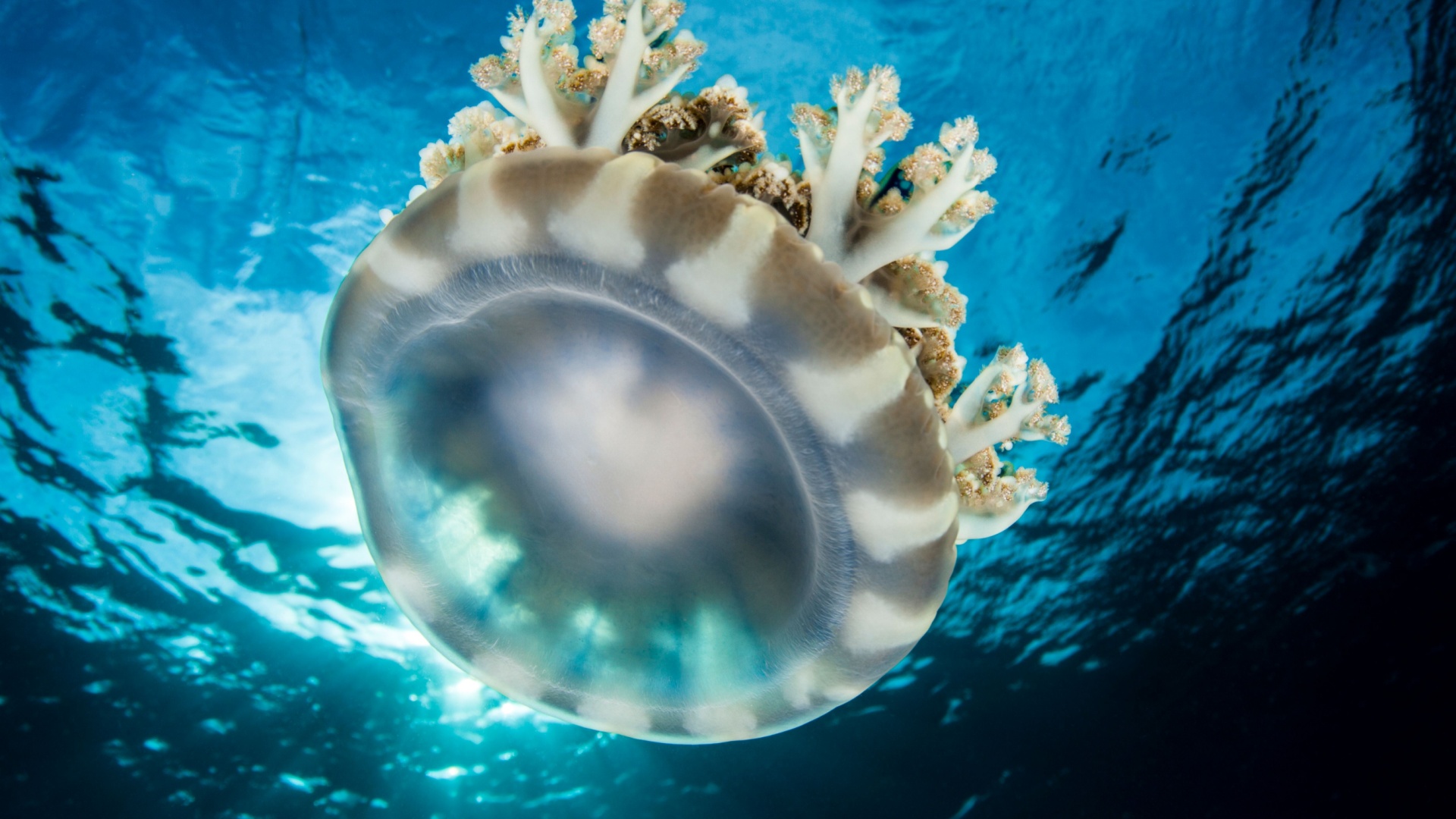While most life on Earth depends on oxygen to survive, there are extraordinary creatures that have evolved to live and thrive without it.
These animals have adapted to environments where oxygen is scarce or entirely absent, using remarkable biochemical strategies to sustain life.
Their existence challenges our understanding of biology and showcases the resilience of life in extreme conditions. Here are some fascinating animals that defy the need for oxygen.
1. Henneguya Salminicola
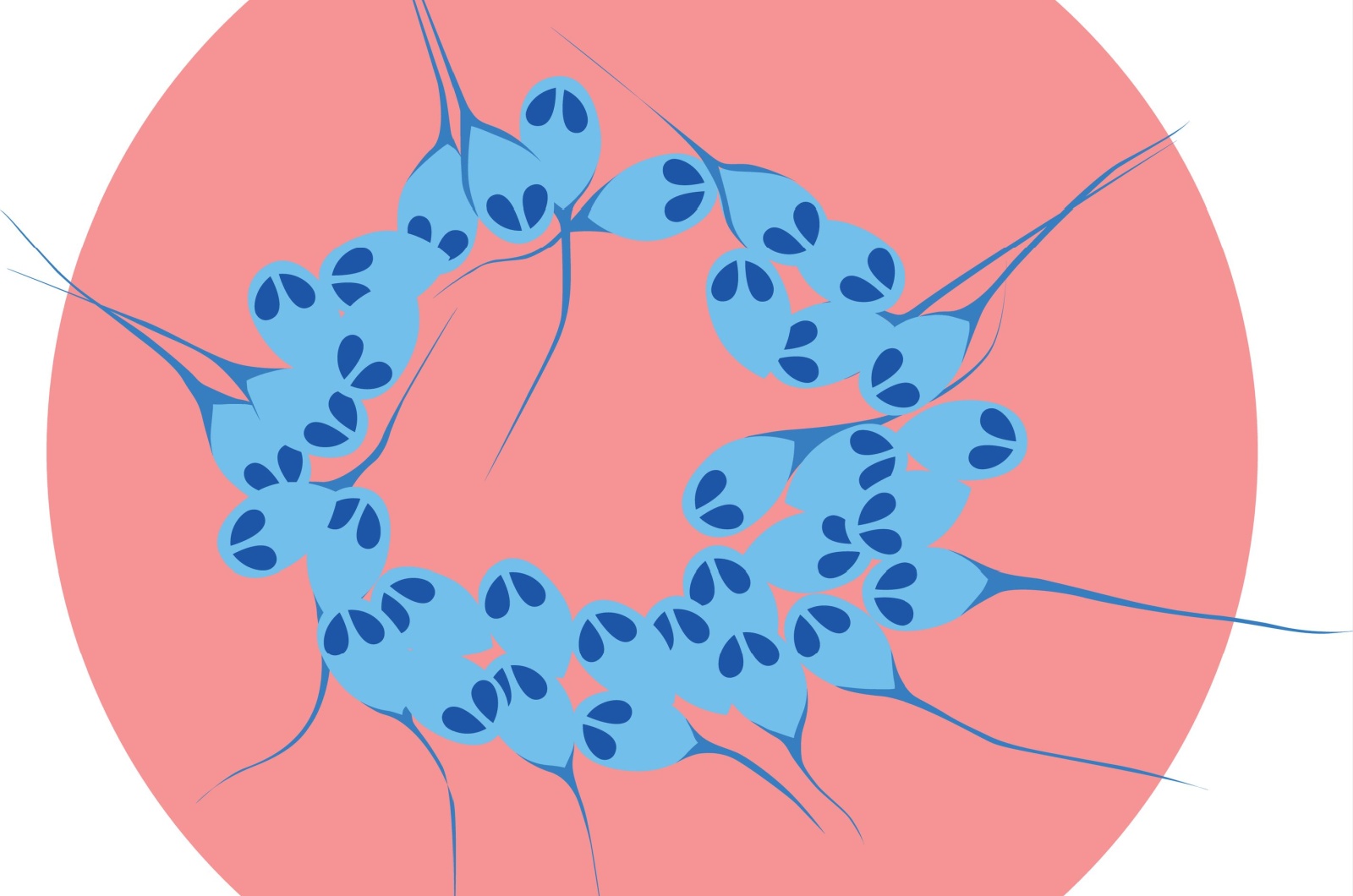
This microscopic parasite is a groundbreaking discovery, as it’s the only known animal to completely forgo oxygen. Found in salmon, Henneguya Salminicola has no mitochondria, the energy-producing organelles in most cells.
This tiny, microscopic parasite has amazed scientists with its radical departure from the norm. It’s the only known animal that completely does away with oxygen – an astonishing feat in the animal kingdom.
Found inside salmon, Henneguya salminicola lacks mitochondria, the energy powerhouses found in nearly all other cells. Mitochondria typically rely on oxygen to produce energy, but this parasite doesn’t need them at all.
Instead, it survives by absorbing nutrients directly from its host’s tissues, bypassing oxygen entirely. This strange adaptation shows just how adaptable life can be, even in conditions where oxygen is either limited or unavailable.
It challenges our assumptions about what is essential for life, giving us a glimpse into the extraordinary potential of evolution.
2. Hydra
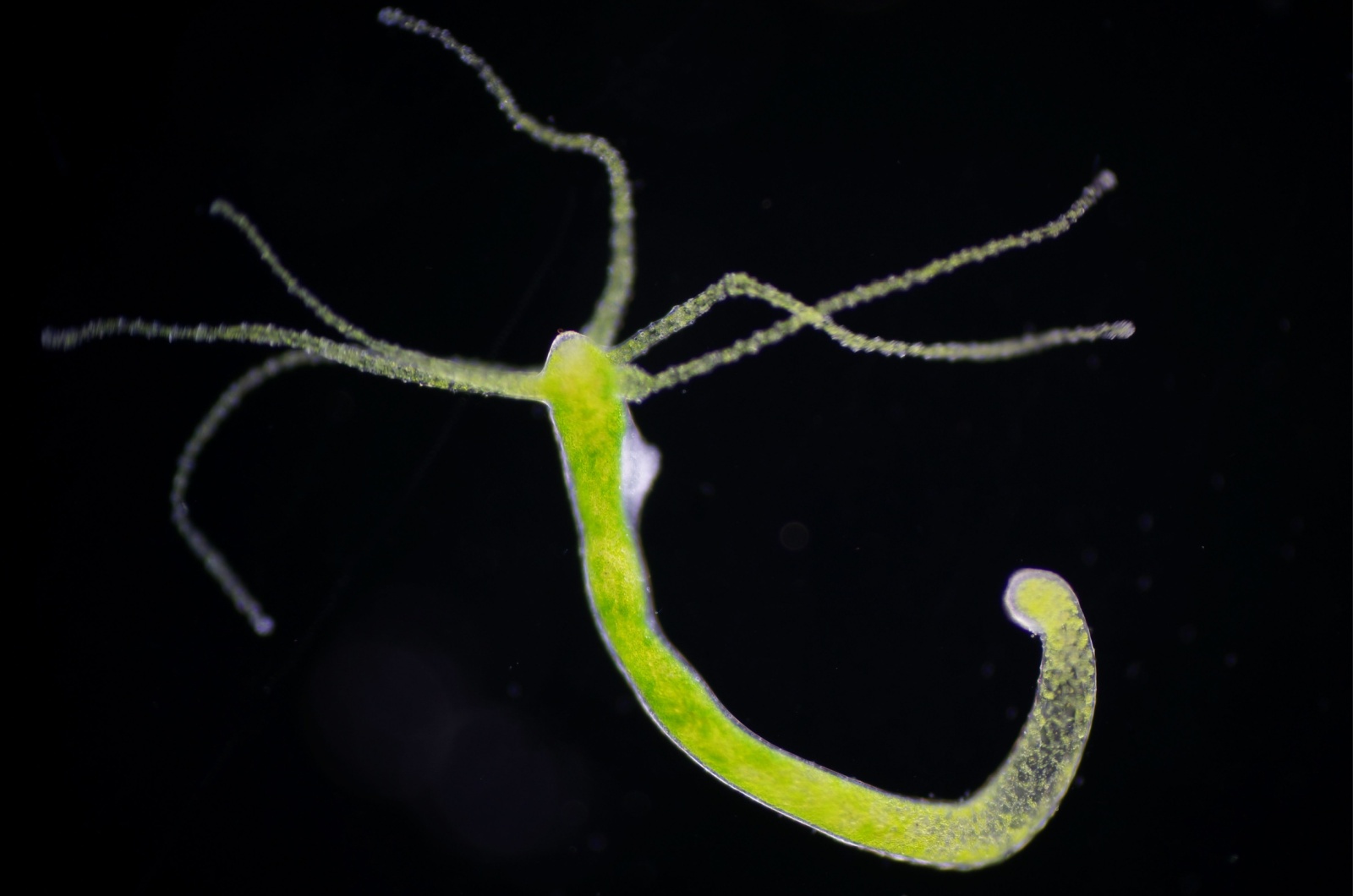
Thriving in oxygen-poor freshwater environments, hydras are experts at survival. These small, tubular organisms rely on anaerobic metabolism to break down sugars without oxygen.
These fascinating animals thrive in stagnant ponds or murky waters, where oxygen is often in short supply. Hydras are able to switch to anaerobic metabolism, meaning they can break down sugars and produce energy without needing oxygen at all.
This allows them to survive in habitats that would be inhospitable to many other organisms.
Their remarkable adaptability, and ability to endure in such an extreme environment, makes hydras an ongoing subject of study for scientists trying to understand how life can thrive in less-than-ideal conditions.
3. Tardigrades
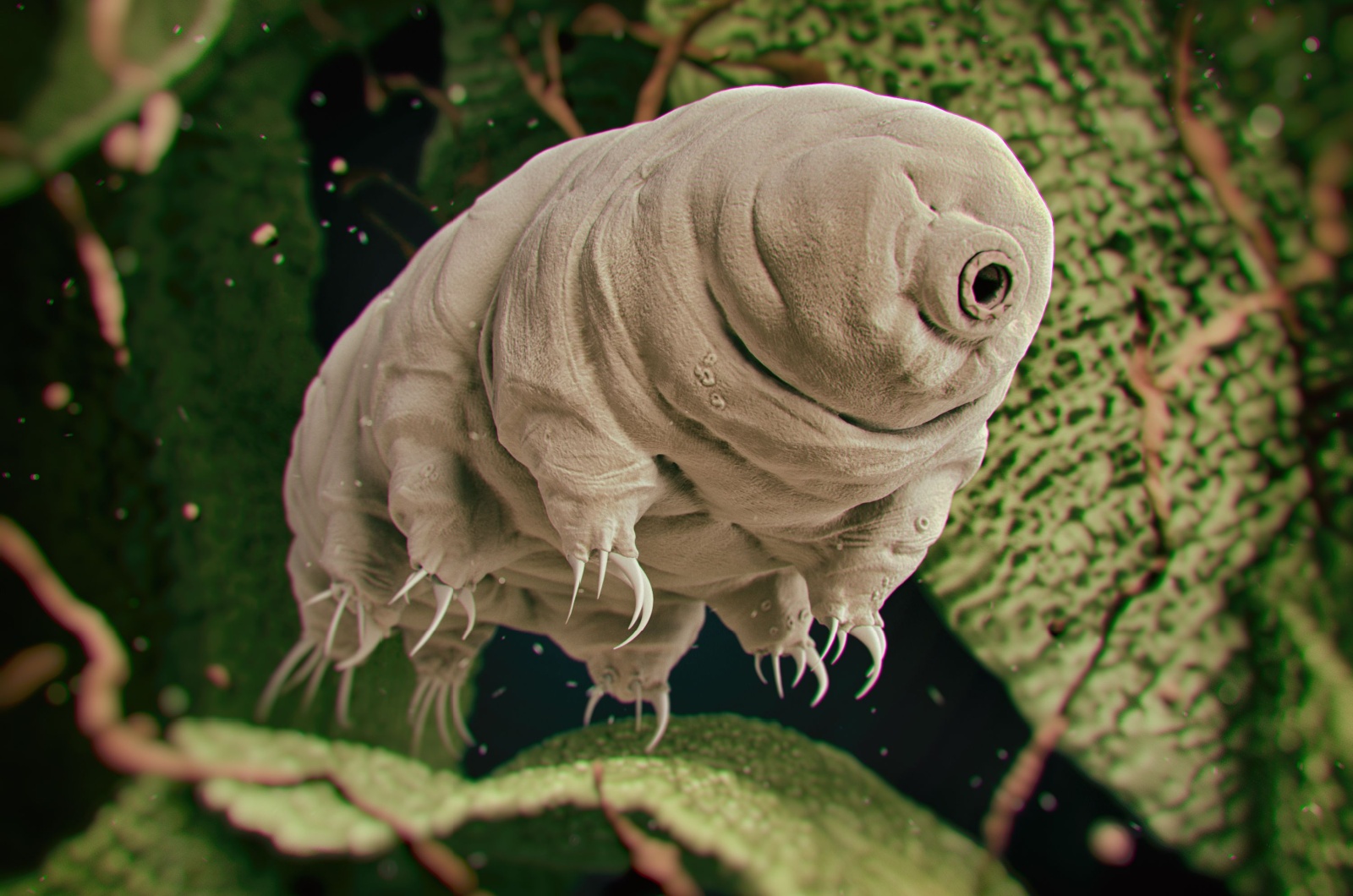
Renowned for their ability to endure the harshest conditions, tardigrades enter a cryptobiotic state when faced with oxygen deprivation.
In this state, they essentially shut down their metabolism and halt their biological processes.
This “pause” allows tardigrades to survive for years without oxygen or water. When conditions improve, they can “reboot” and return to life, making them one of the toughest creatures on the planet.
Their extraordinary survival tactics continue to fascinate researchers, and they may even hold secrets to surviving extreme environments in space.
4. Loricifera
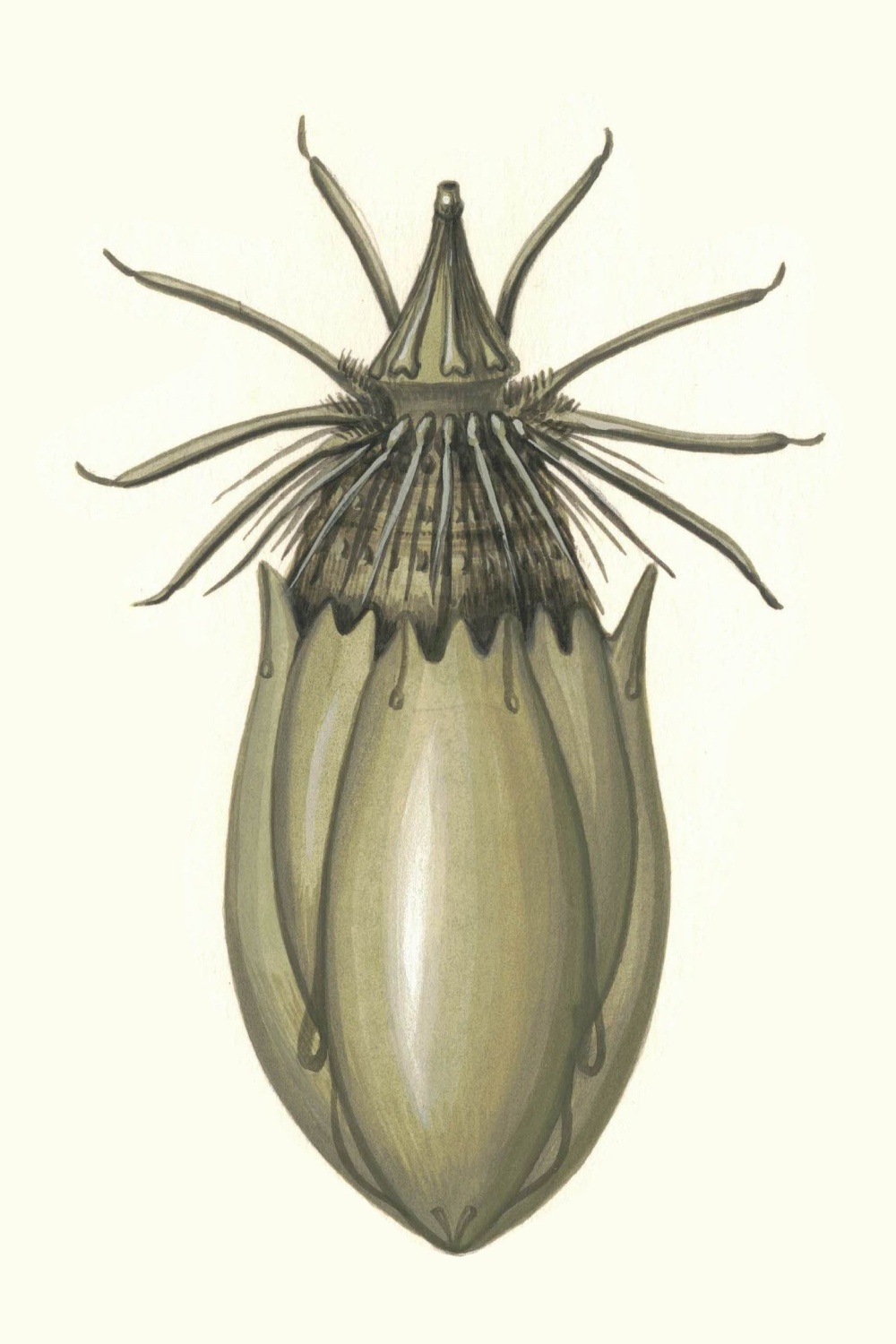
Hidden deep within oxygen-free sediments, loriciferans thrive in an environment most creatures could never endure.
To survive, loriciferans have evolved specialized organelles called hydrogenosomes. These organelles generate energy by using hydrogen rather than oxygen, allowing these tiny animals to thrive in a world where most creatures would perish.
Their survival in such extreme conditions has forced scientists to rethink the limits of life and has opened up new possibilities for understanding life in the deep ocean and beyond.
5. Roundworms (Caenorhabditis elegans)
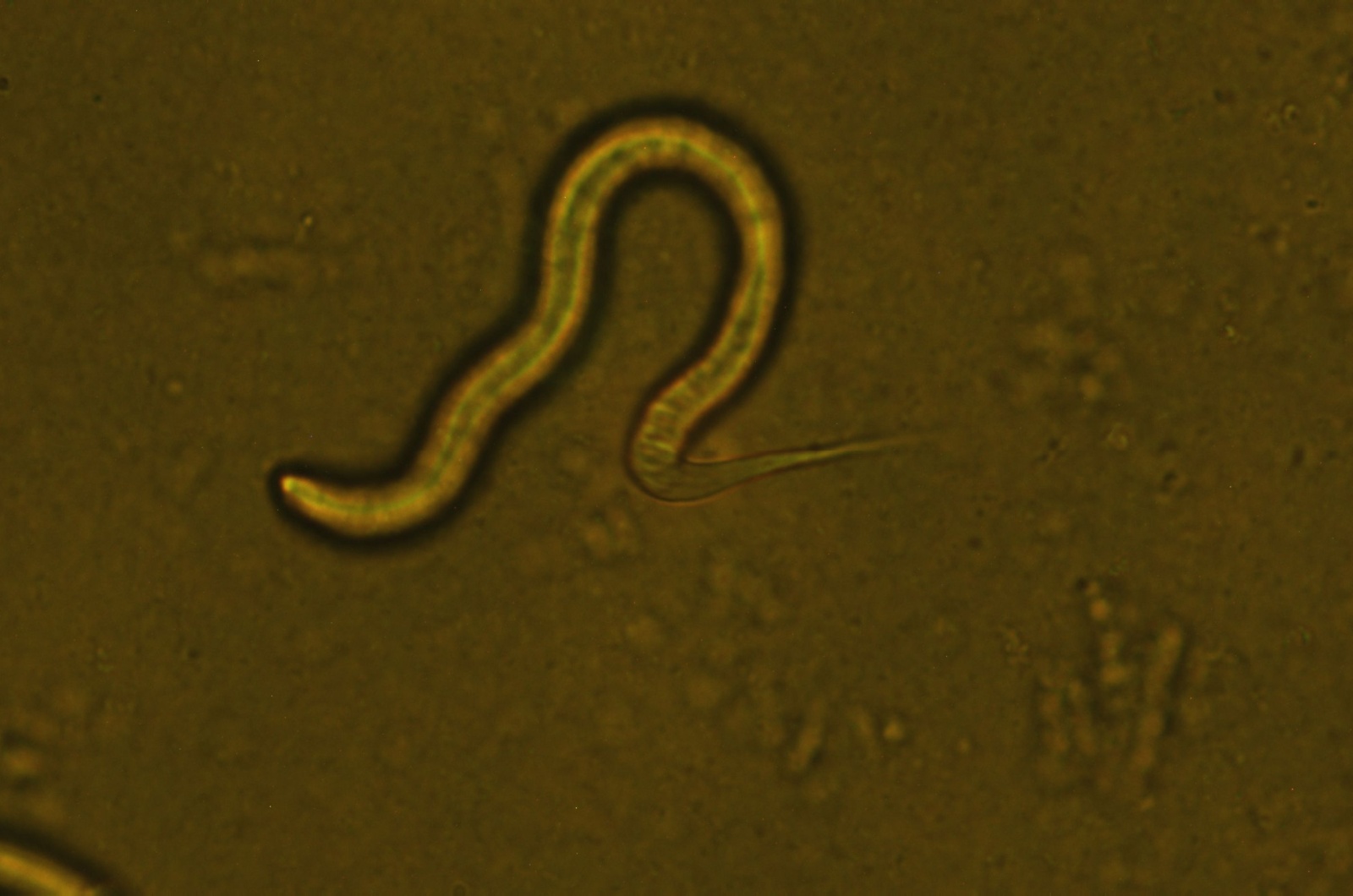
Roundworms, like Caenorhabditis elegans, are incredibly adaptable creatures. When oxygen levels drop to dangerous lows, these worms can switch to anaerobic metabolism, a process that allows them to produce energy without oxygen.
By using other molecules to fuel their biological processes, these worms can survive in oxygen-deprived environments such as waterlogged soil or hypoxic waters.
This flexibility is not just fascinating; it also offers insights into how our cells might cope with low oxygen levels, which could have important implications for human health and disease research, especially in areas like cancer and stroke.
6. Upside-Down Jellyfish (Cassiopea)
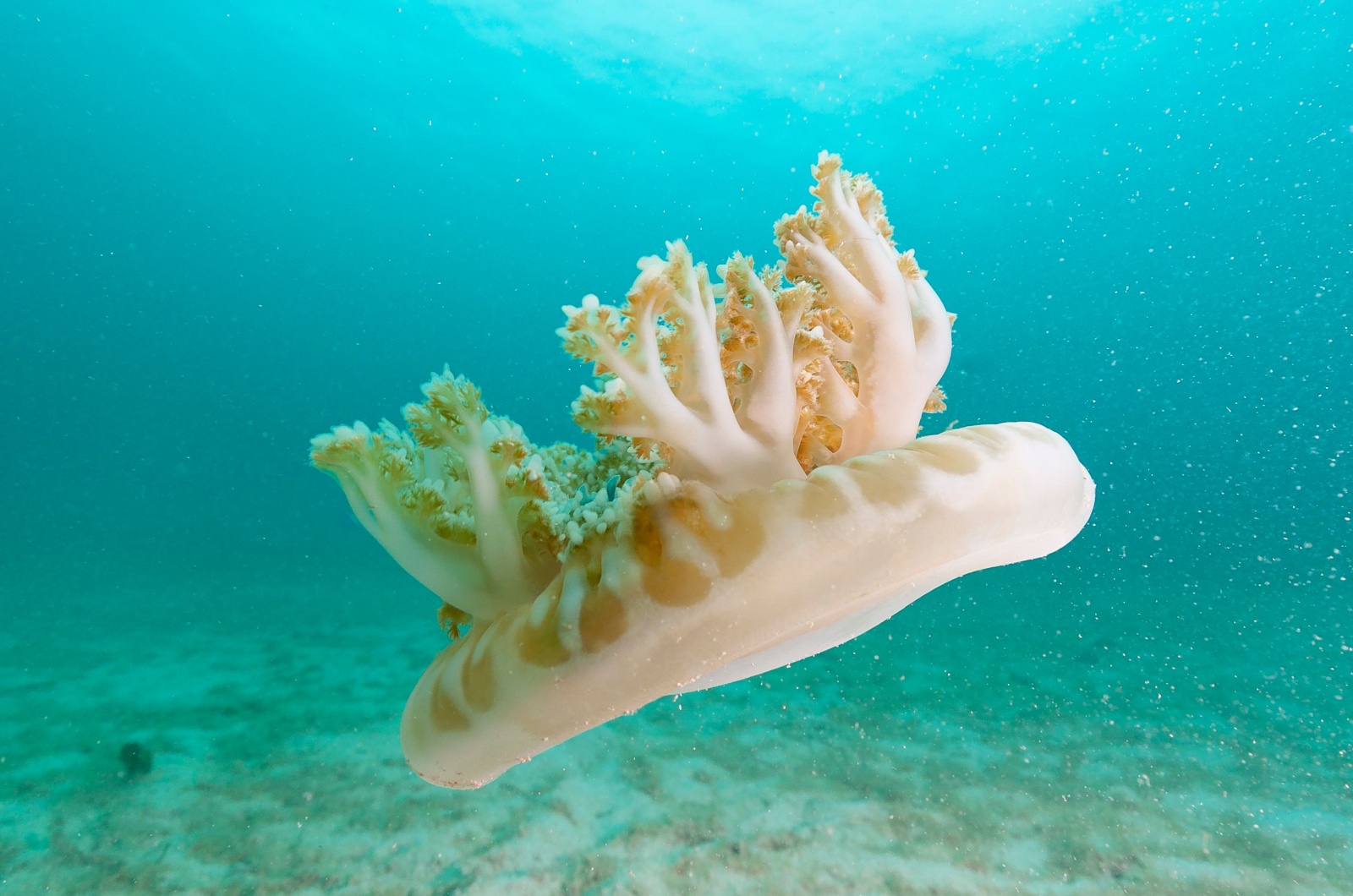
The upside-down jellyfish, Cassiopea, is a master of thriving in low-oxygen environments, thanks to its partnership with algae. These jellyfish live in shallow, warm waters where oxygen levels can fluctuate.
The algae living inside their tissues are photosynthetic, meaning they produce oxygen and energy through sunlight. This symbiotic relationship allows the jellyfish to survive in oxygen-poor waters, where other creatures might struggle.
The jellyfish relies on the algae for sustenance, while the algae benefit from the nutrients the jellyfish provide. This beautiful partnership demonstrates the incredible ways in which organisms can adapt to life in challenging environments.
7. Certain Flatworms
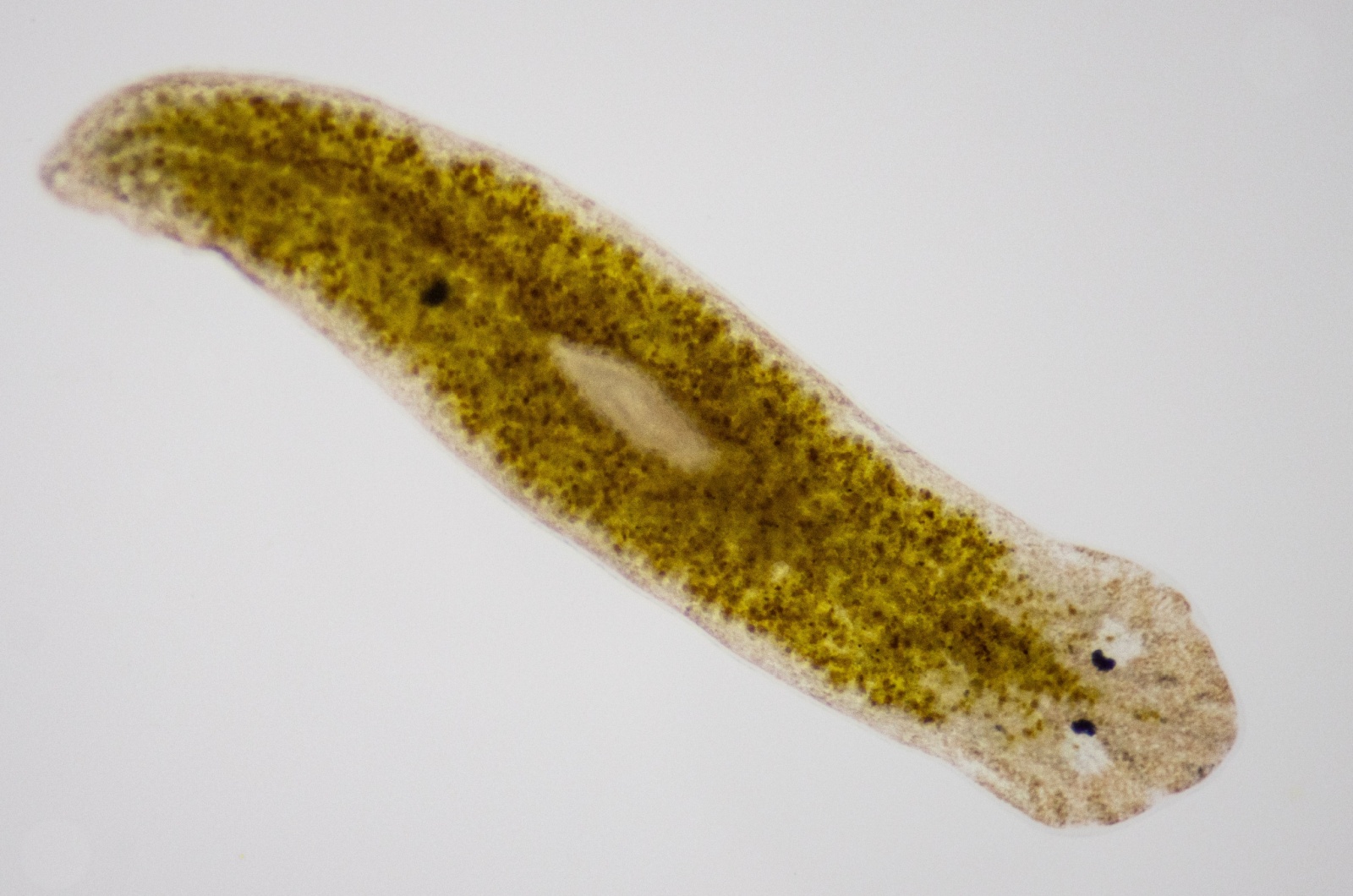
Flatworms are another group of organisms that can thrive in oxygen-deprived environments, especially in marine habitats.
These creatures have developed the ability to perform anaerobic respiration, allowing them to extract energy from chemicals in their environment instead of oxygen.
This means that even in the oxygen-depleted waters of the deep sea or in polluted habitats, these flatworms can continue to live and reproduce.
Their unique ability to rely on chemical reactions rather than oxygen opens up exciting possibilities for studying how life can adapt to extreme environments and survive in places where few other creatures could manage.
8. Mudskipper
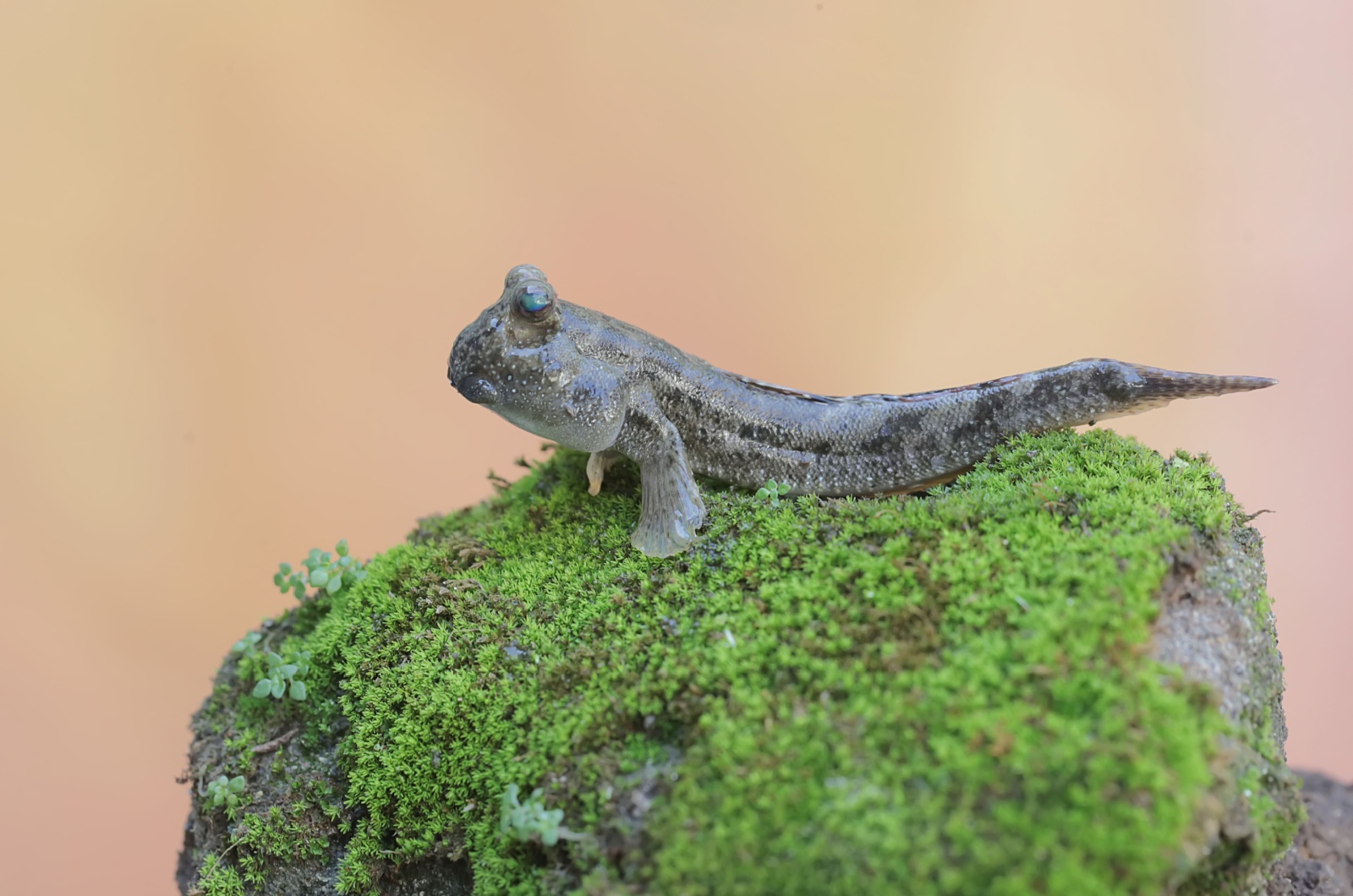
Mudskippers are extraordinary amphibious fish that can live in environments with fluctuating oxygen levels. They inhabit muddy shorelines and tidal flats, areas where oxygen is often low, especially at low tide.
Mudskippers have developed a remarkable ability to breathe air through their skin and the lining of their mouths, bypassing the need for constant access to water.
This adaptation allows them to survive in oxygen-poor mud for extended periods of time.
Additionally, mudskippers can use their strong pectoral fins to “walk” across the land, making them one of the few fish capable of thriving both in water and on land. Their adaptability to both aquatic and terrestrial environments is a true marvel of evolution.
9. Deep-Sea Sponges
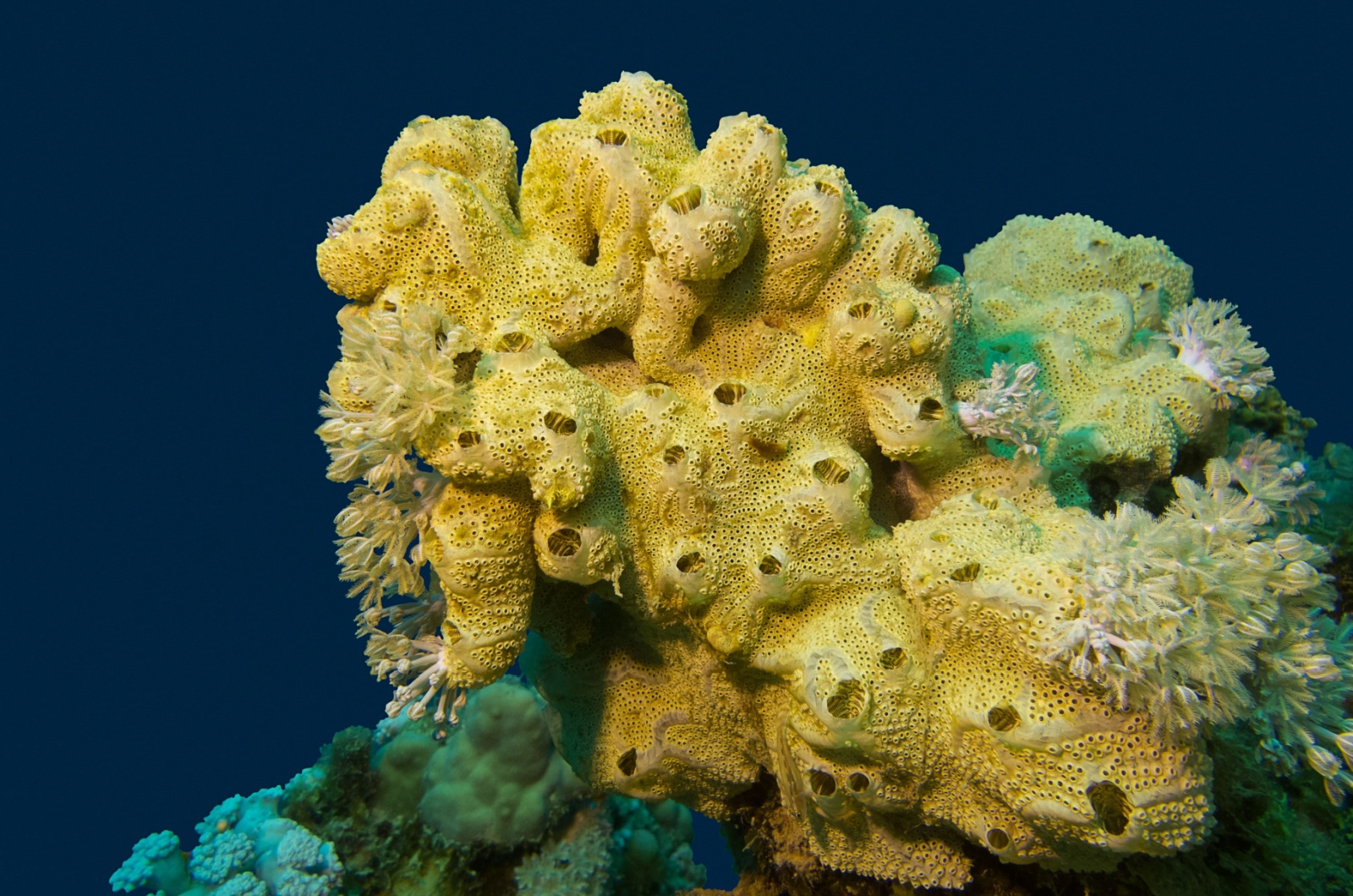
In the depths of the ocean, where oxygen is scarce and light doesn’t penetrate, deep-sea sponges manage to survive by slowing down their metabolism to the bare minimum.
These sponges are specially adapted to extract what little oxygen exists in the water and rely on nutrient-rich currents to sustain them. By drastically reducing their metabolic rate, they conserve energy and minimize their need for oxygen.
This strategy allows them to survive in some of the most extreme and remote parts of the ocean, where few organisms could thrive.
Their ability to endure in such harsh, oxygen-deprived conditions is proof of life’s incredible adaptability in the face of extreme challenges.
10. Goldfish
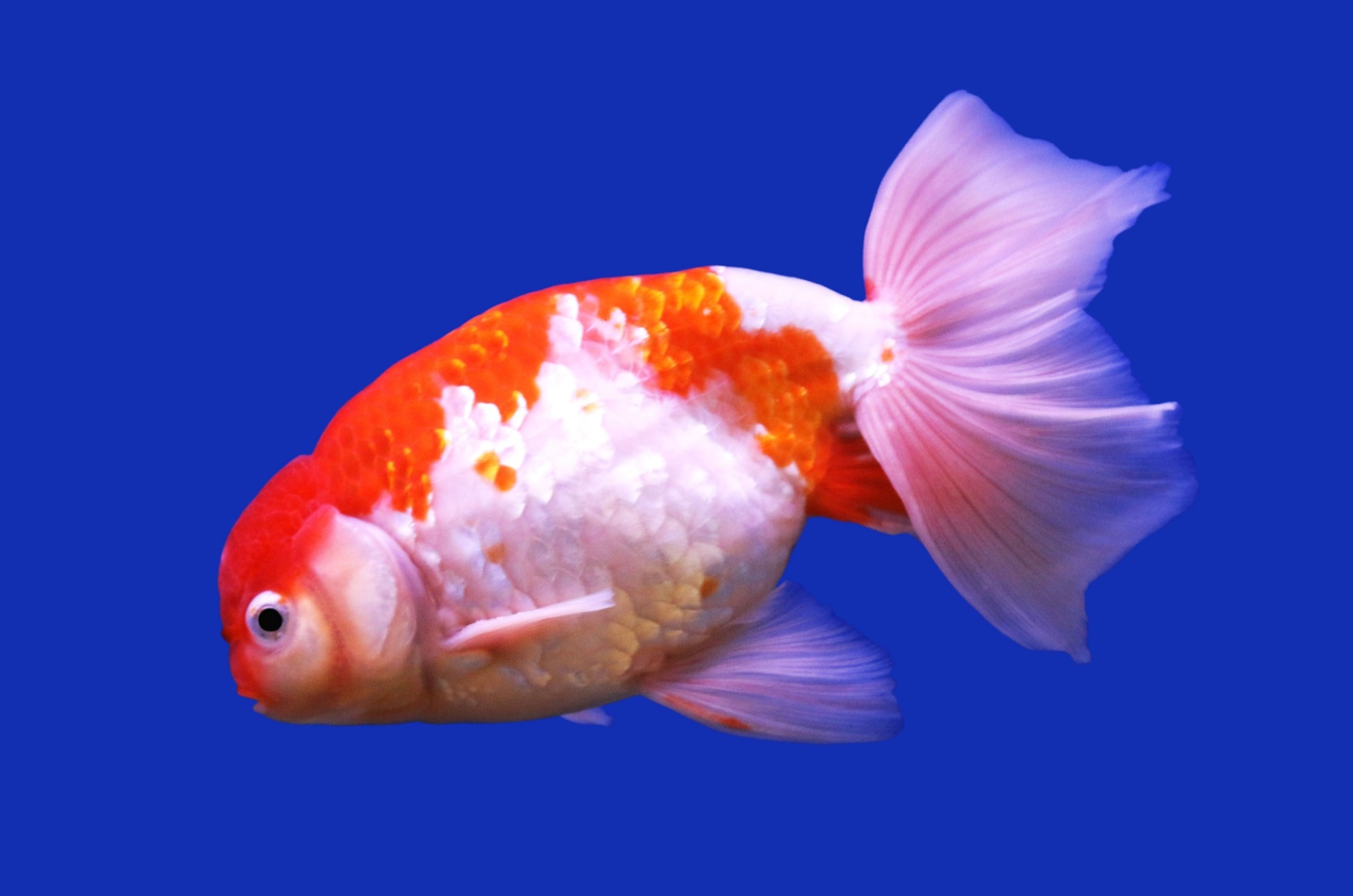
When winter’s icy grip deprives ponds of oxygen, goldfish turn to an extraordinary metabolic process.
Instead of using oxygen to break down sugars, they switch to a process called alcoholic fermentation, turning carbohydrates into alcohol.
The alcohol is then expelled through their gills. This unique adaptation enables goldfish to survive for months without oxygen, a strategy that’s especially useful in cold, stagnant water.
Goldfish show that even common creatures can possess extraordinary abilities to survive in harsh conditions, making them a marvel of nature.
11. Anoxic Shrimp (Rimicaris exoculata)
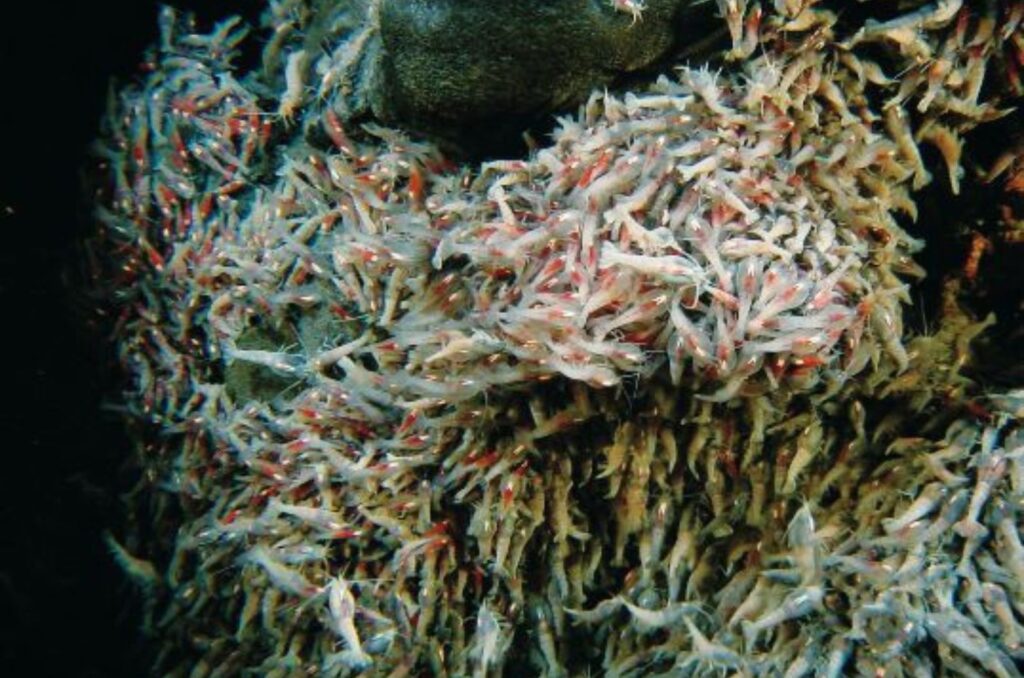
Meet Rimicaris exoculata, a species of shrimp that calls the deep, dark waters around hydrothermal vents its home. These shrimp live in one of the most extreme environments on Earth, where oxygen levels are nearly nonexistent.
But despite the challenging conditions, Rimicaris exoculata has developed an amazing survival strategy that allows it to thrive in such an inhospitable place.
Instead of relying on oxygen, like most animals, these shrimp have formed a unique partnership with bacteria. The bacteria live inside the shrimp’s gills and perform a process called chemosynthesis.
Unlike photosynthesis, which uses sunlight to produce energy, chemosynthesis relies on chemicals like hydrogen sulfide, which is abundant in the waters around hydrothermal vents.
The bacteria convert these chemicals into energy, and in return, the shrimp benefit from this energy supply. It’s a win-win situation – while the shrimp provide a safe home for the bacteria, the bacteria provide the shrimp with the nutrients they need to survive.

